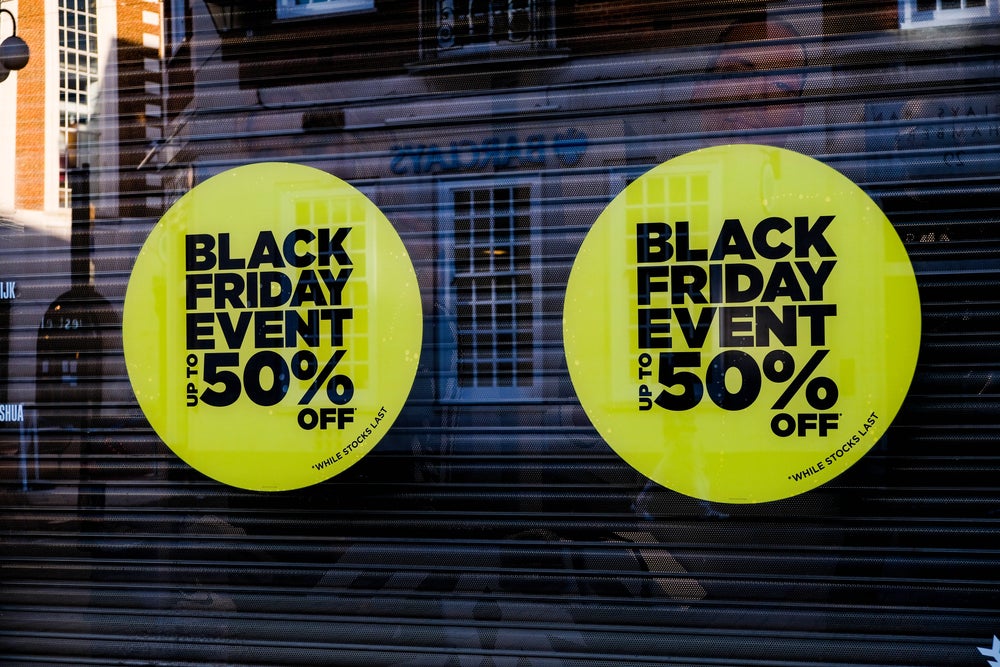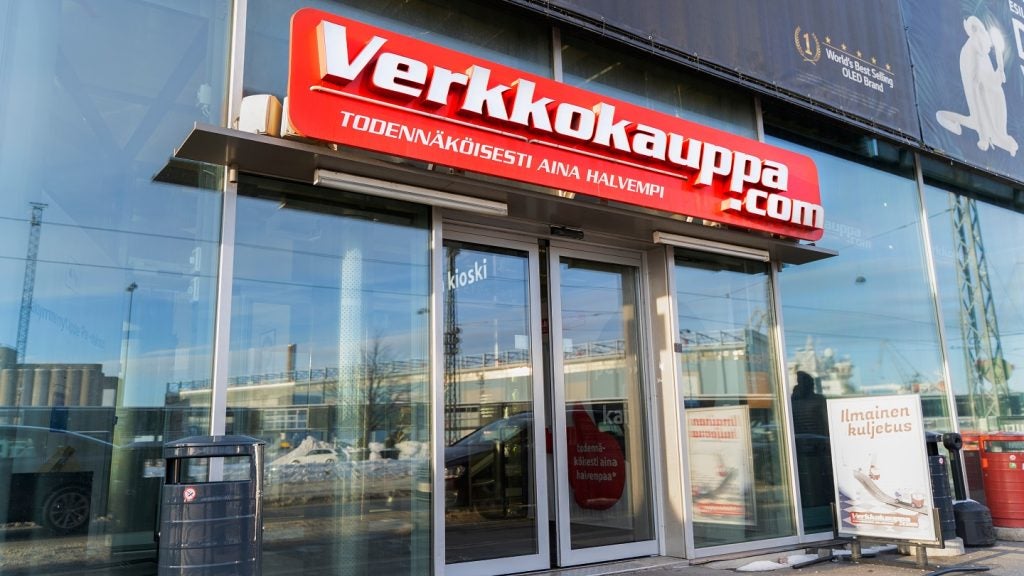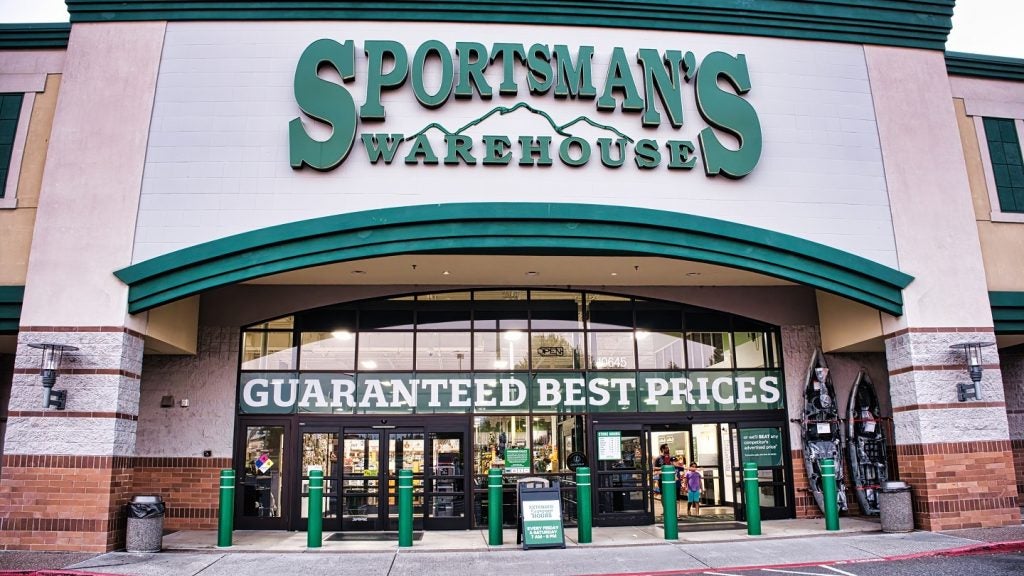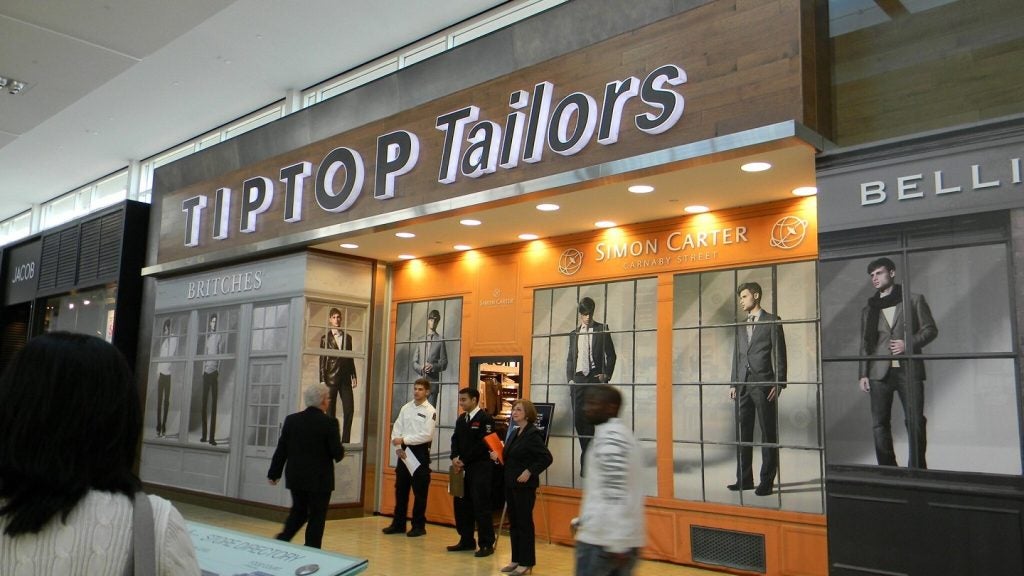As the annual shopping frenzy of Black Friday approaches, a recent investigation by consumer advocate Which? delivers a reality check.
Contrary to the widespread belief that Black Friday sales are a haven for unbeatable deals, the study reveals that a mere 2% of the products featured in the 2022 Black Friday sales were genuinely cheaper than at other times of the year.
Put differently, 98% of Black Friday 'bargains' don't actually provide the lowest prices available throughout the year.
Delving into the analysis of more than 66,000 prices, this report exposes the myths surrounding Black Friday bargains and offers practical tips for consumers to navigate the sales landscape intelligently.
Only 2% of deals are true bargains
In a comprehensive examination of product prices spanning the six months surrounding last year's Black Friday, Which? discovered a stark reality.
Despite the widespread belief in Black Friday as a treasure trove of discounts, a meagre 2% of the products on sale during the 2022 event were found to have prices lower than those available at other times of the year.
The investigative process involved a meticulous analysis of more than 66,000 product prices. By comparing the costs in the six months leading up to and following Black Friday, researchers gained valuable insights into the true nature of the deals offered on the sales day.
Navigating the Black Friday maze
While the findings may cast a shadow on the Black Friday hype, all is not lost for the savvy shopper. Which? provides actionable tips to help consumers distinguish between genuine bargains and misleading offers.
From scrutinising historical prices to cross-referencing deals across different retailers, these insights empower consumers to make informed decisions amidst the Black Friday shopping mania.















